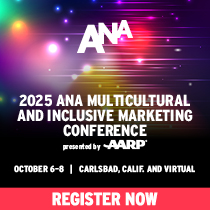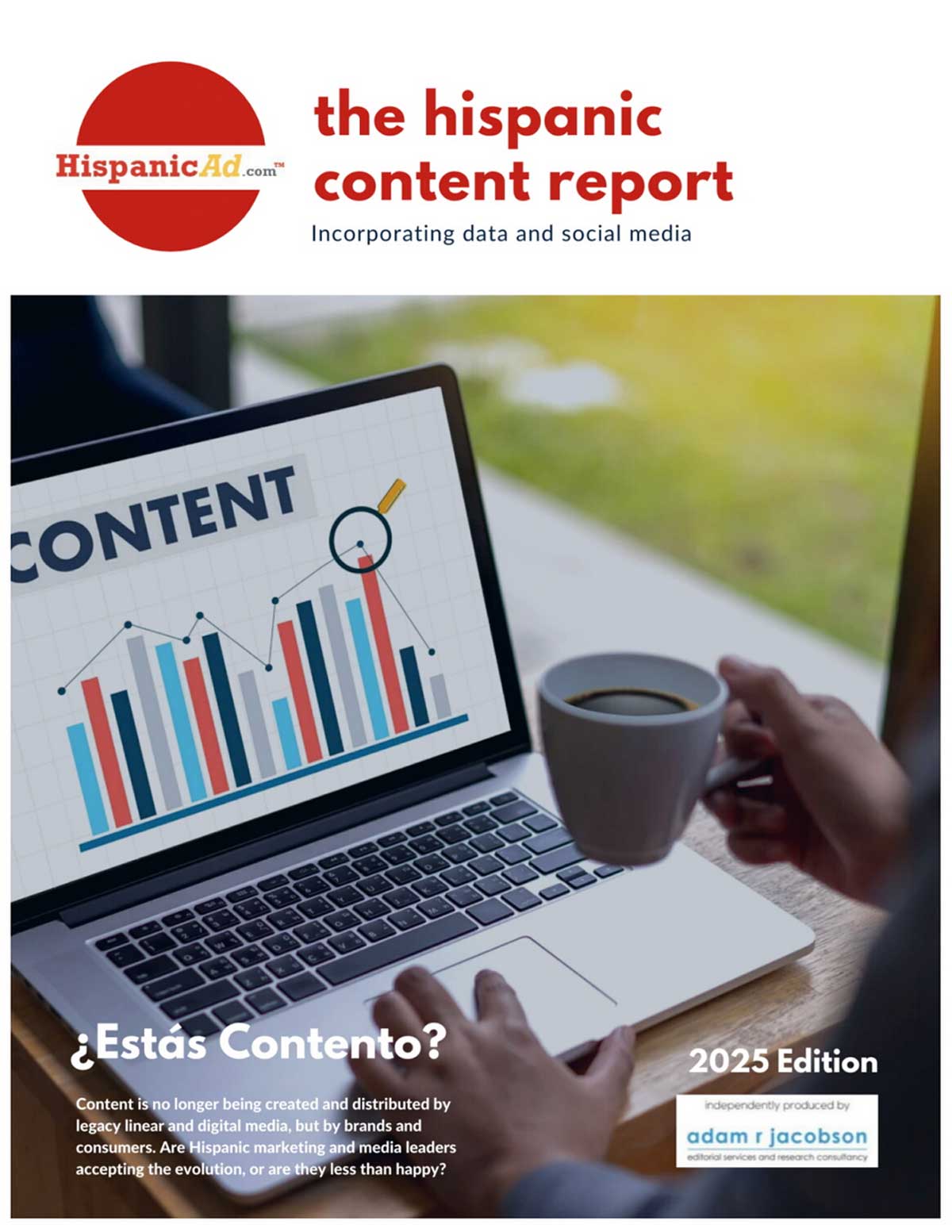Changing patterns of Influence through Social Media.
October 3, 2008
Social media case studies and strategies from the American Red Cross, Blendtec, The Coca-Cola Company, Emerson Process Management, the Mayo Clinic, MARC Research, Quicken Loans, and the Seattle Union Gospel Mission highlight the full research report released this week by the Society for New Communications Research. “New Media, New Influencers and Implications for Public Relations” also features detailed findings from a survey of communications and marketing professionals focused on changing patterns of influence resulting from social media and other new communications technologies.
The study was led by a team of five SNCR Research Fellows: Paul Gillin, media expert and author of The New Influencers; Joseph Carrabis, chief research officer and founder of NextStage Evolution, LLC and NextStage Global LTD; John Cass, online community manager, Forrester Research; Greg Peverill Conti, vice president, Weber Shandwick Public Relations and Richard Nacht, founder and CEO, Blogging Systems Group and Career Connection Network.
“New influencers are beginning to tear at the fabric of traditional marketing and communications, giving rise to a new approach characterized by conversation and community,” said Gillin. “PR and marketing communications professionals are responding with a mixture of excitement, fear, and fascination. They’re alarmed at the prospect of ceding control of their messages to a community of unknowns. Yet at the same time they’re excited about this new opportunity to speak directly with their constituents.”
“This study represents one of the first in-depth investigations into changing patterns of influence and their impact on public relations and corporate communications,” commented Jen McClure, SNCR’s executive director. “We wanted to learn what criteria communications professionals use to define new influencers; how social media is being used to communicate with these influencers; and how to measure the effects of such efforts. The ultimate goal of the study is to offer a set of recommendations to the PR profession. These are embodied within the excellent case studies collected by our research fellows.”
For more information at http://www.sncr.org>




























